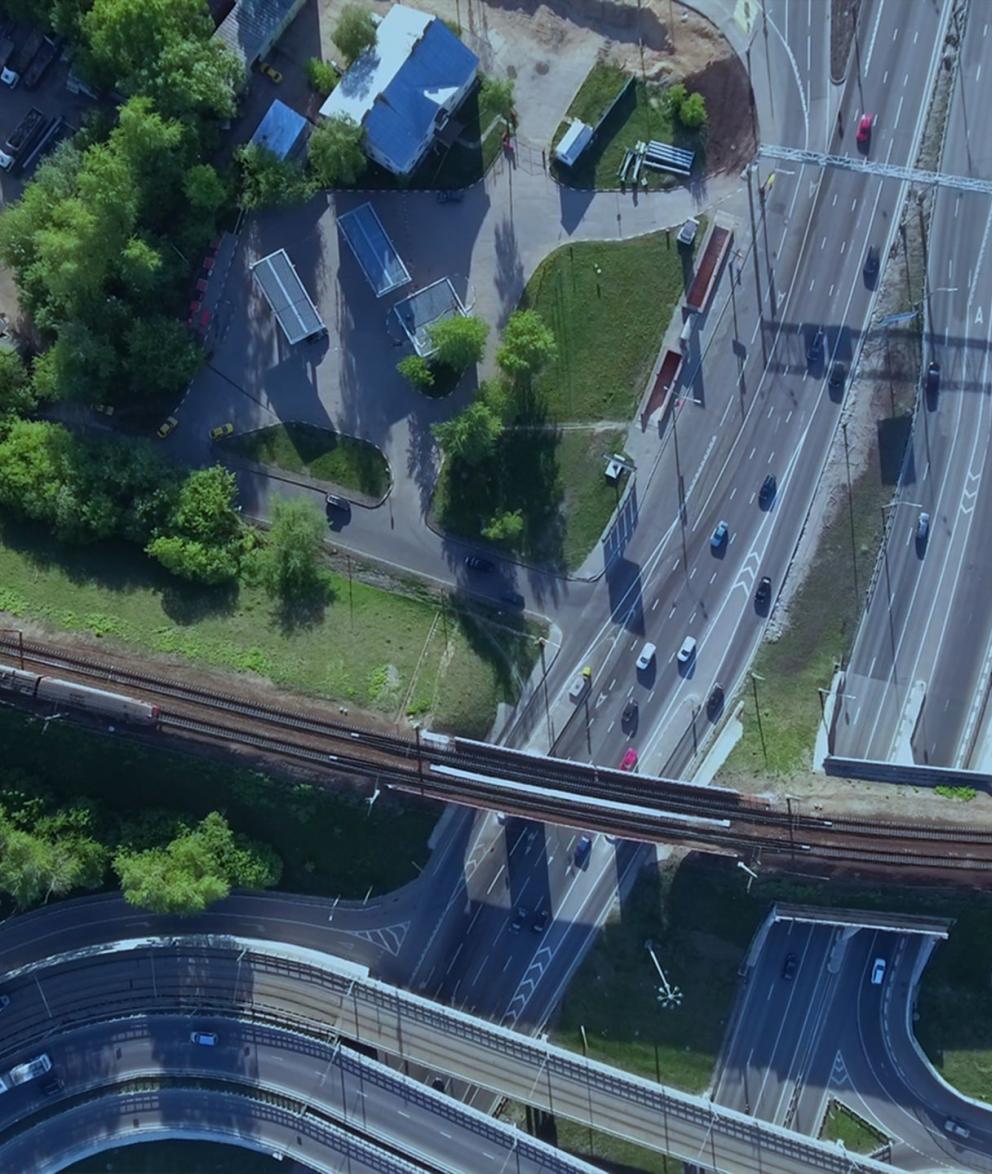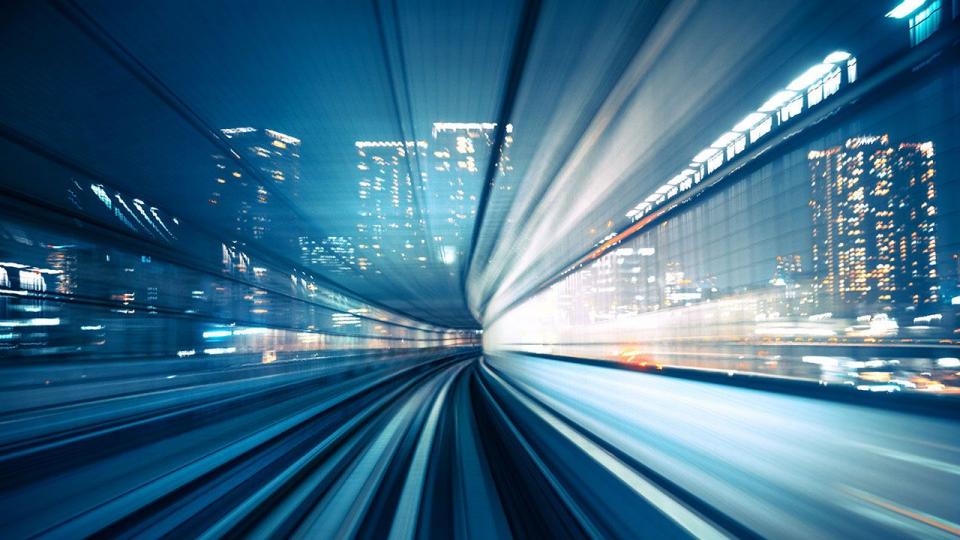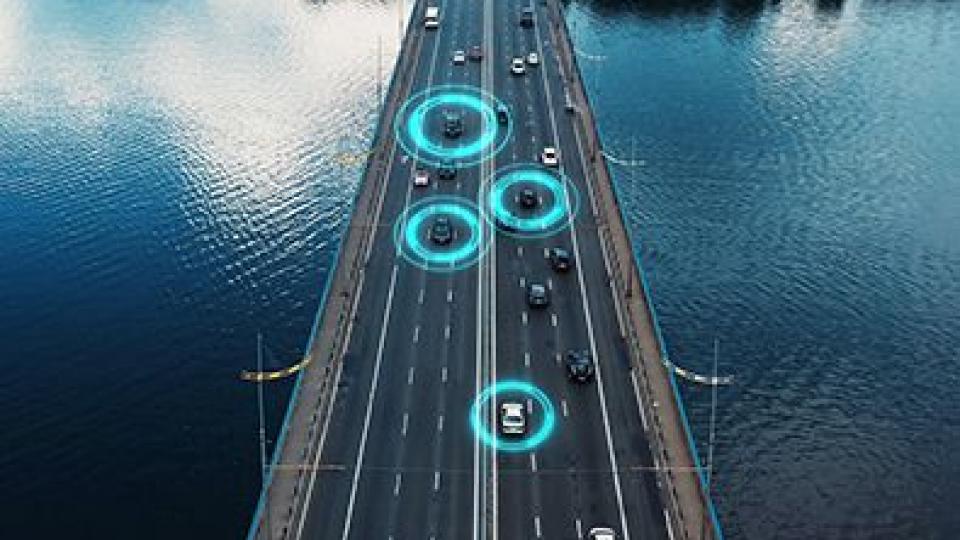Electrically driven public transportation
Autonomous cars have received rather a lot of attention in recent years, but the same cannot be said of autonomous buses for public transport. In the future most things run on electricity and everything is connected. Busses, trains, subways, taxis, car pools and even rental bikes. And, since the Swedish electricity system is largely fossil-free, it should mean that we can reduce fossil emissions by more than 30 percent.
Did you know that...
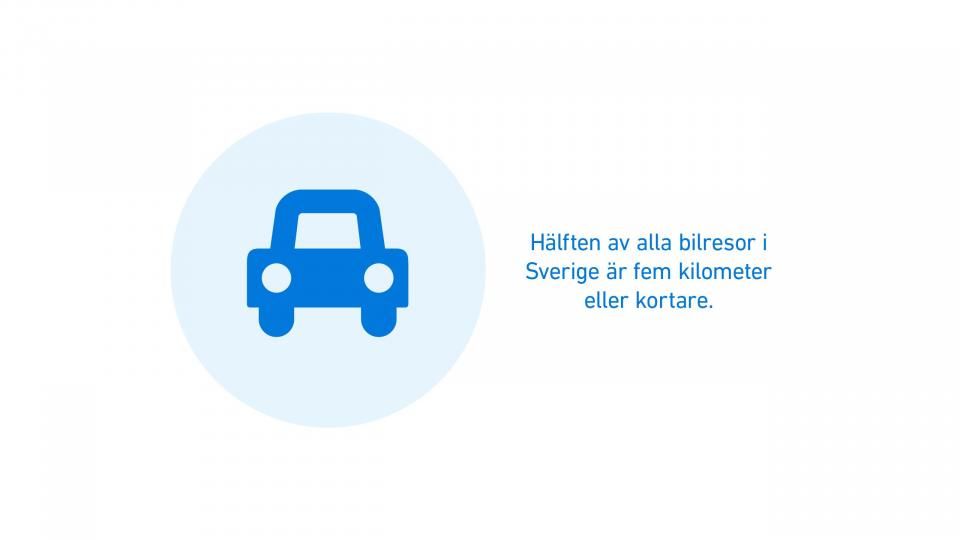
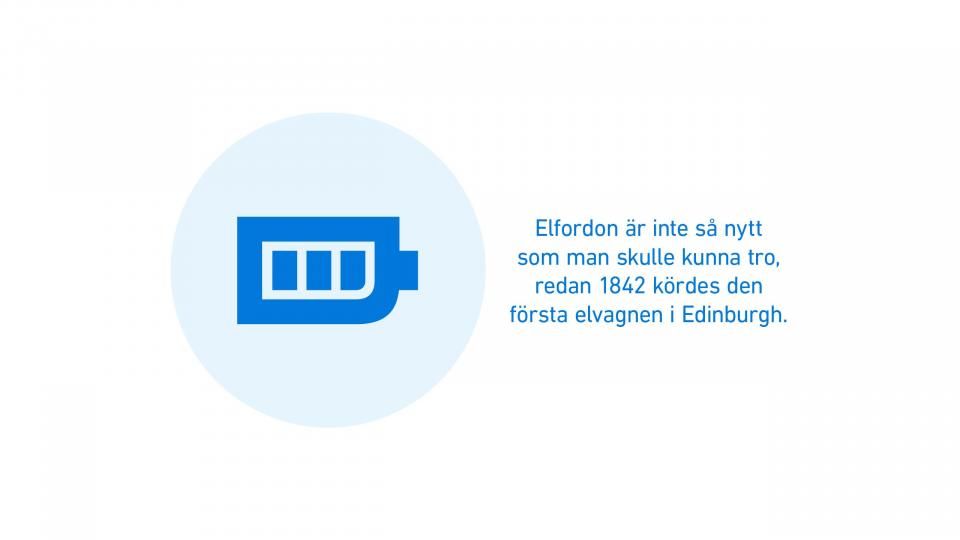
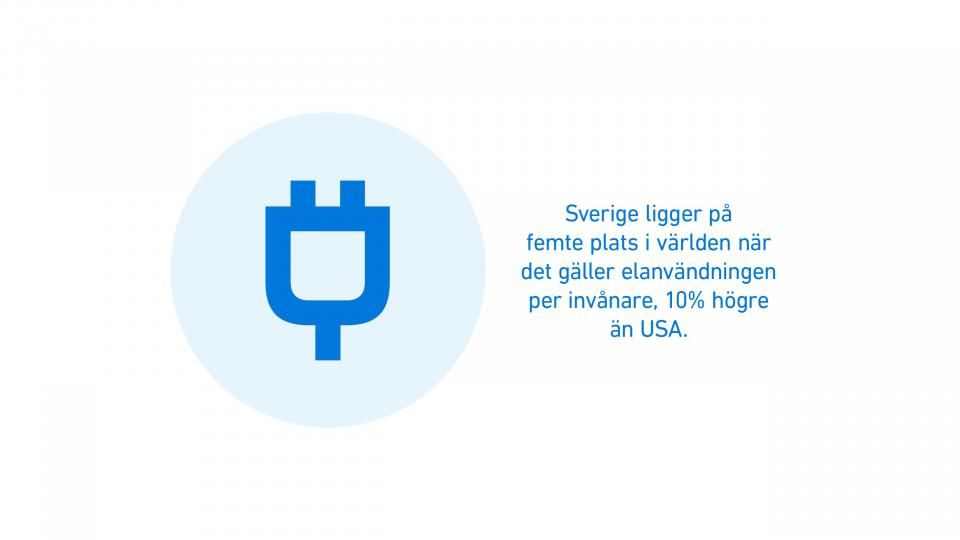
No more traffic jams
Most people who drive or travel by car regularly will readily attest to how frustrating and challenging traffic jams can be. We sit there, unable to change the situation whatsoever, with foul-smelling exhaust seeping in through the air vents while listening to boring radio commercials. You might be late for a meeting or have children fighting in the backseat. And of course, the next lane is always flowing better than yours? It is safe to say, nobody would miss traffic jams if they ever stopped happening. Luckily, a world without traffic jams will soon be within reach. The solution lies in a digitalized and smart public transport system. And as a bonus, we get a sharp reduction in carbon emissions and cleaner city air.
Better utilization of resources for efficient and ecofriendly traffic
Traffic jams occur when there is an imbalance in the traffic system. The thoroughfares of major cities get congested when there is 10% excess traffic on the roads. Researchers have found that traffic jams are completely preventable with just a little detouring. The key to preventing traffic jams is to increase the use of public transportation and other alternatives to cars. Although that might sound illogical – given that a late commuter train is almost as bad as being stuck in traffic – utilizing new technologies can make public transportation faster, less expensive and more climate friendly than cars.
Researchers at the Royal Institute of Technology are proposing a digital traffic plan interfaced with an interactive travel planner and functions for reservations, advance payment and travel guarantees. The travel planner would not be limited to searching for available trips by train and bus, but would include suggestions that involve carpooling, rental cars, taxis, bicycles and walking. It would present the cost for the entire journey and information about which option is the most climate friendly. The travel planner simply finds the fastest way to get from point A to B and coordinates the trips to prevent gridlocks and disruptions. With interactive travel planning, we can utilize public transportation extensively, without experiencing long waiting times and overcrowding. The use of traffic data could thus reduce the traffic jams we detest, while bringing about considerable gains for our economy and the climate.
Public transportation of the future will be electric
New technologies open up possibilities, not only for travel planning, but also for the development of the vehicles that are used in public transportation. You may have heard of autonomous vehicles and how will become the norm on our streets in the future, but did you know that are already autonomous buses on the streets of Finland? The company, Easymile, manufactures small autonomous shuttle buses that have so far been tested in several countries, such as the US, Netherlands, Singapore and Finland. Similar initiatives are under development in Sweden, Norway and several other countries.
Easymile’s shuttle bus is an EV and does not require any fossil fuels that cause greenhouse-gas emissions. In the not-too-distant future, our public transportation will consist entirely of autonomous EVs. In addition to EVs being more climate-friendly, they are far easier to service. An electric engine has only one moving part, while an internal combustion engine has several hundred. Autonomous EVs are also potentially safer than the cars and buses we currently use. With a human driver’s reflexes, it takes several seconds to brake or turn when something unexpected happens on the road. An autonomous vehicle can be equipped with sensors that react much faster. And we could avoid the risk of a driver looking at his smartphone, falling asleep at the wheel or driving under the influence.
Electrifying our transportation could reduce one-third of Sweden’s emissions
About one-third of the emissions in Sweden originate from domestic transportation. The electrification of our transportation system would thus reduce Sweden’s emissions considerably. However, this is contingent on the production of the electricity used for transportation being climate-friendly and emissions free, for it is not just a small amount of electricity that will be required. According to estimates, up to 25 TWh of electricity will be required to power the transport sector. This corresponds to nearly 40% of the electricity that Sweden’s hydropower plants produce annually. Fortunately, Sweden has excellent conditions for producing climate-friendly electricity for the transport sector – our electricity system is already up to 98% emissions-free.
We have yet to create a good solution for the large-scale storage of electricity, which hampers the supply of electricity for transportation. Consequently, the electricity must be produced in the same second that it is used. This means that we cannot rely on, for example, solar cells on the rooftops of buses – not with the Swedish weather. To prevent our electrified transportation from grinding to a halt whenever there is a power shortage, we need energy sources that work regardless of the weather. Such energy sources are called baseload power and account for 80% of our electricity generation. In Sweden, baseload power consists of hydro and nuclear power, two fossil-free energy sources that can be adapted to how much electricity we need to produce at any given moment. In addition to this, we also use wind and solar power when the weather permits. The greater the share of weather-dependent electricity we use in our electricity system, the more important baseload power becomes, to provide stability and ensure that we do not experience electricity shortages and, in the worst case, acute power failures.
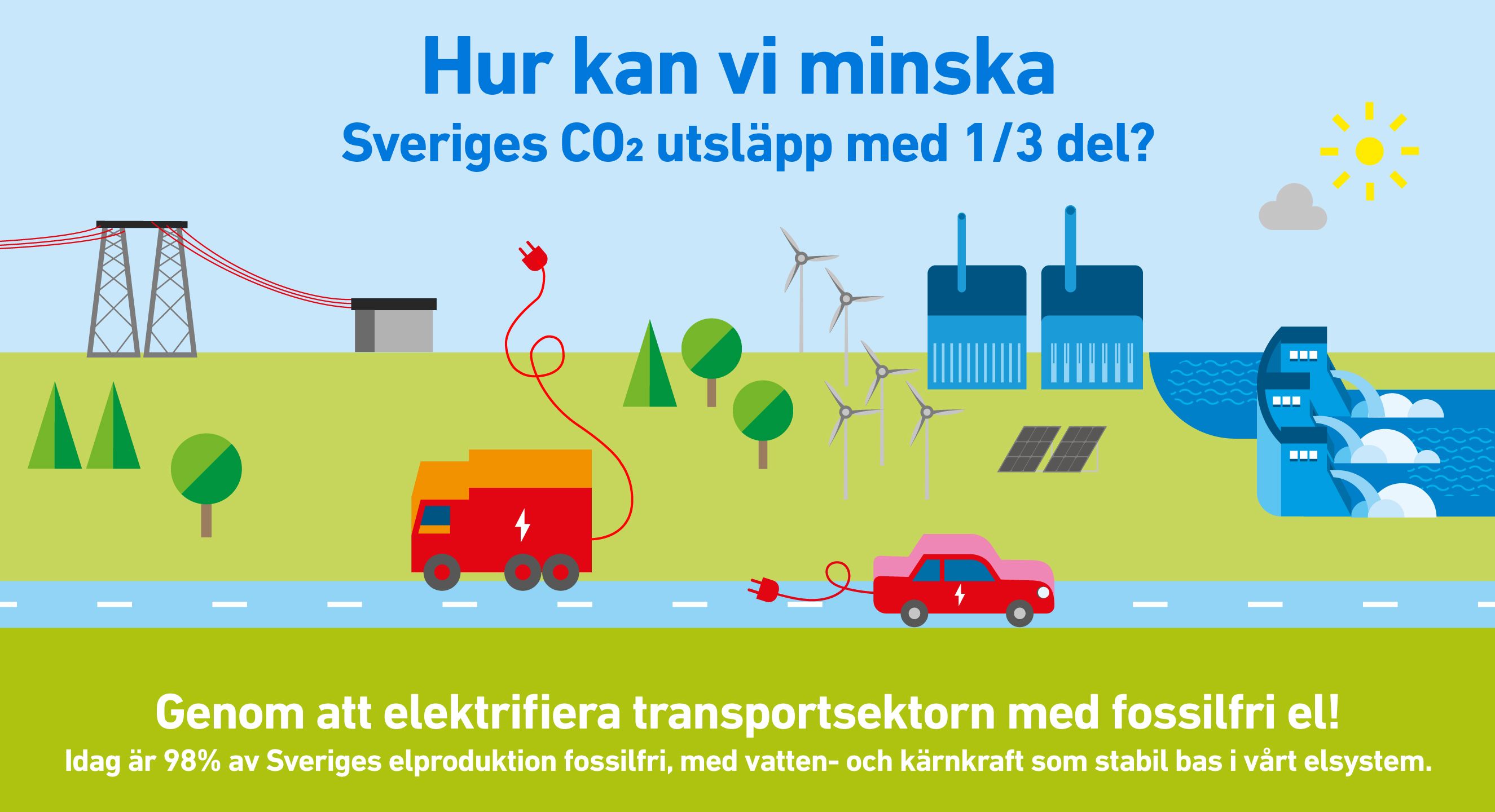
We ensure Sweden has baseload power
As part of the global Uniper Group, we are a major electricity producer for Swedish base industry and a guarantor of stable and reliable electricity generation to meet Sweden’s electricity needs. Hydropower, nuclear power, natural gas, CHP and reserve power are produced at our power plants located throughout the country. Our electricity is used to enable the function of our society and our industries, regardless of weather and time of year. In terms of hydropower, we are the third-largest producer in Sweden. Our 74 wholly and jointly owned hydropower plants, distributed from Lycksele in the North to Kristianstad in the South, account for approximately 12% of Sweden’s total hydropower production. In terms of nuclear power, the Uniper Group is co-owner of all three of Sweden’s active nuclear power plants: at OKG in Oskarshamn, Ringhals and Forsmark.
Find out more
More fossil-free electricity will be required in the future. By 2050, Sweden could need twice as much electricity as today – about 150 TWh more than today. How are we to succeed with this?
We need to make a rapid switch from fossil-dependent to electrified transportation. Making this happen will require new technologies, large amounts of electricity and a reliable electricity system that can deliver the electricity that the transport sector will require.
The first electric planes are here. Once a distant dream, electric flight is now making rapid advances, and numerous companies, researchers and countries are now developing various designs of fossil-free electric planes.
